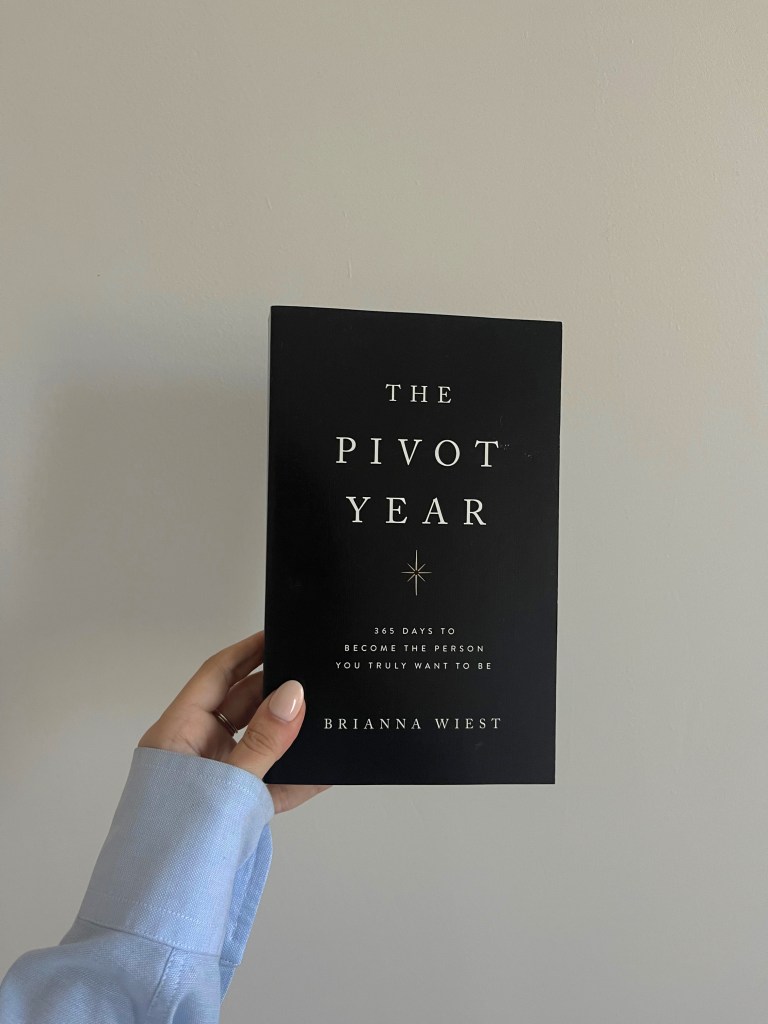How To Gamify Your Life To Quickly Accomplish Big Goals
Competing with those at your same level yields slow and minimal improvements. You’re better off “competing” with people far advanced than your current level.


Is your life a video game, filled with challenging quests and new adventures?
Or has your life become somewhat stale?
As most people get older, they lose their childhood sense of wonderment and openness. Most people stop growing and settle for “reality” as they see it.
But life doesn’t have to suck. Growth doesn’t have to be slow.
Your life can become like a game where you pursue greater obstacles, learn new skills, and have thrilling experiences.
This article details a few strategies you can use to gamify your life. If you apply these strategies, you will quickly ascend to higher and higher levels. You’ll continually become better and enjoy more of life.
Compete with Those Way Ahead of You
“It is the most closely-allied forms, varieties of the same species, and species of the same genus or of related genera, which, from having nearly the same structure, constitution, and habits, generally come into the severest competition with each other.” — Charles Darwin
What Darwin is explaining is that all forms of life compete with those most closely related. In other words, you compete with those most similar to you.
It would make little sense for a painter to compete with a rock-climber. Rather, a rock-climber advances her skills by competing with other rock-climbers, generally of a similar skill-level.
In business terms, you compete with those in the same industry. And within that industry, the little guys (and gals) generally compete with the other little guys, while the big guys compete with the other big guys.
Although this is the most obvious and wide-spread form of competition, it is misplaced for those seeking rapid growth for two reasons:
1. Competing with those at your same level yields slow and minimal improvements.
You’re better off “competing” with people far advanced than your current level. In his book, The Art of Learning: An Inner Journey to Optimal Performance, Josh Waitzkin shares how he applied this principle to become world-class at Tai Chi.
When given unsupervised practice time, Waizkin observed that most others in his Tai Chi class would naturally practice with those at their same skill-level or slightly worse. This was done in many ways out of ego, because who wants to lose? It’s more fun to beat someone when given the opportunity.
Waitzkin took the opposite approach, and applied a principle he termed, “investing in failure.” He would purposefully practice with people far more skilled than he was. In so doing, he would get the crap kicked-out of him, over and over. However, this process compressed and quickened Waitzkin’s skill development. He could experience first-hand the abilities of those often years ahead of him. The mirror neurons in his brain allowed him to quickly mimic, match, and counter his superior competitors. Thus, he progressed much faster than others in his class.
This is the essence of baseball players swinging multiple bats before going at-bat. When just one bat is in their hand, it feels much lighter. Similarly, endurance athletes train in higher elevations and harder terrains than the actual race, so that when the actual race occurs, they’re over-prepared.
Take away: Rather than “competing,” with people at your perceived skill-level, compete with those who are where you want to be. Herein lies a fundamental decision-making difference between those who become successful and those who don’t.
Unsuccessful people make decisions based on current circumstances while successful people make decisions based on where they desire to be.
2. The Best Only Compete with Themselves
In the book, Tribal Leadership: Leveraging Natural Groups to Build a Thriving Organization, Dave Logan and his co-authors explain that most “organizational cultures” have high within competition.
Put simply, in most organizations, the people within those organizations are competing with each other. There is back-stabbing, sucking-up, etc. to ascend the organization’s ladder. In these organizations, each person is out for themselves. They are more focused on their own goals than the organization’s goals. Logan calls these “Stage 3” organizational cultures.
Far fewer organizations evolve beyond this ego-mania and develop a culture of “collaboration” within and competition without. Put simply, members within these organizations are fiercely committed to their organization and have made the organization’s goals their own goals. Logan calls these “Stage 4” organizational cultures.
Within these organizations, there is beautiful synergy. Rather than competing with their teammates, they are competing with other organizations. According to Logan’s research, organizations with Stage 4 cultures generally dominate organizations with Stage 3 cultures.
Very rarely, an organization will transcend competition altogether, reflecting what Logan calls “Stage 5” organizational culture. These are groups of people who are doing things no one else is doing. In many ways, they’ve created their own genre or niche. Their only competition is themselves, and wherever their imagination takes them.
Take away: Collaboration will yield far greater results than competition. Said bestselling author Jeff Goins, “It’s not who you know. It’s who you help.” Eventually, get to the point where you move beyond competition with others in order to create your most innovative and unique work.
Get Multiple Mentors and Engage in Time-Based Challenges
Mentorship is essential to growth and development. You should have several different mentors to help you in your various needs/goals.
A quality mentor will give you experiential learning experiences and assignments. For example, I have a writing-coach who helps me target my Achilles heals, and to improve upon them. He does this in the form of “time-based challenges.” The popular term for these challenges is deliberate practice.
Most recently, he gave me four hours to complete a challenging assignment. I had to respond to various questions he had for me. Also, within the challenge, he’d focus on my weaknesses by telling me I must avoid certain things I often do, like repeat the same word over and over.
Within a challenge, there are purposeful constraints. These constraints create conditions that force you into a flow-state. The primary constraint is the time-limit. The other constraints are dependent on your particular goals/needs.
These challenges can have whatever time-range you want. For example, with one of my mentors, my challenge was to develop a highly professional book proposal. The duration of this challenge was three months, and during those three months I was able to jump on the phone with my mentor three times to get feedback. I’d never written a book proposal. My mentor had written several, and within the challenges he gave me, I learned in three months much of what took him years to learn.
In her book, SuperBetter: The Power of Living Gamefully, Jane McGonigal PhD explains the importance of targeting a single, difficult goal. Accordingly, within these “challenges,” there should only be one primary objective.
According to self-determination theory, by focusing on and improving one thing, the other areas of your life will naturally improve as well. From a systems approach, when you improve one area of a system, you simultaneously improve the whole.
You can also give yourself challenges, and for whatever you want to improve. For example, if you want to become a better parent, you could give yourself a 30-day challenge to give your kids thoughtful compliments daily. Track your progress. Note, these challenges work best if you actually report your progress to someone beside yourself.
Get Paid to Learn by Teaching Others what You Know
“While we teach, we learn.” — Seneca
In Orson Scott Card’s novel, Ender’s Game, the character Ender is a young boy who is being trained to become a military leader. To improve and quicken his learning, Ender takes what he learns from his leaders and immediately teaches those below him.
According to a pair of articles published in 2007 in the journals Science and Intelligence, students who teach what they learn to younger students work harder to understand the material, recall it more accurately, and apply it more effectively. This method has been dubbed “the protégé effect,” and the research is clear: student teachers score higher on tests than students who are learning only for their own sake.
Teaching is the best way to learn. What’s more, you can actually get paid to teach others what you know. I remember when I started consulting startup founders and high-level management. At first, I wondered what the heck I was doing.
Why would people pay me for this information?
But more and more people wanted the services I offered. Thus, I was getting paid to teach people (most of which were far more successful than I am). Although I’m sure my services were helpful, I was always the primary beneficiary, and I’m not talking about financially. Rather, because I was teaching startup founders how to be more productive and strategic, I was also learning these things — both in my preparation and in adapting my learning to each of my client’s unique situations/needs.
In public/conventional education, you pay to learn. A more effective education-system is where the student becomes the teacher, and gets paid to learn as they teach.
Take away: If you want to learn faster, immediately teach others what you’re learning. This will force you to tweak and adapt your learning for unique contexts. Thus, your knowledge will be more flexible and well-rounded. Also, it doesn’t hurt to simultaneously make money.
Make Big Changes Every Few Years
“Every next level of your life will demand a different you.” — Leonardo Dicaprio
In video games, it would be boring if each successive level was the same as those previous. Which is why there are totally different worlds your character can go to as they advance.
Similarly, making big changes is the best way to re-invent yourself, which doesn’t mean you become an entirely new person. Rather, it means you consciously decide who you want to be and change accordingly. Also, an over-attachment to your past and to your previous-self will halt your evolution.
If you don’t make big changes every once in a while, your life will get static and sterile. You’ll over-adapt to your current circumstances and stop growing. You’ll get too comfortable.
Taking on big change shatters the system of your life. I once talked to a lady with 17 kids. After having eight of her own, her husband and her adopted a sibling group of five! Four years after that, they adopted a sibling group of four!
She told me that every time they introduced a change to their family system, the previous system shattered. When you bring four or five new people into your family (even one), every person within the family develops a new identity. It generally takes 2–3 years for homeostasis to occur within a system after a big shock.
These kinds of systematic shocks to your life may seem freaky, or even unwanted. But they keep you growing. And eventually, you’ll adapt to the changes you introduce into your life, no matter how extreme. If you want to keep leveling-up and growing, you’ll want to introduce change when you start getting comfortable.
This is how you consciously grow. Indeed, change is inevitable. Most people slowly and unconsciously change overtime. For the most part, these changes aren’t improvements. Unlike change, which you can’t avoid, growth is optional, and is often avoided. However, the research is clear: we are happiest when we are improving.
When my wife and I became foster parents of a sibling group of three, the change was extremely difficult. Sometimes, it was too much to handle. But it’s been two years now, and for the most part, we’ve reached a state of homeostasis. Looks like it’s time to make another big change…
Conclusion
Your life can become a game where growth is fun.
A game without challenge would be boring. Similarly, your life will be boring and stale if you’re not taking on greater and greater challenges. These challenges should be time-bound, and should expose your weaknesses and facilitate your strengths. Moreover, these challenges should clearly lead to your goals, which should progressively be getting bigger and better.
Lastly, a game would be lame if it wasn’t fun and exciting. Thus, there should be large portions of your life spent exploring and experimenting. Trying new things. Taking new risks. Having your worldview expanded. Meeting new people. Ever-evolving.
Enjoy this game of life. Take yourself to the next level. The further you go, the more magical, difficult, and satisfying your life will be. ![]()




